- Published on
GeoCache Grosats Internet
- Authors

- Name
- MajorTwip
- @MajorTwip
First, the obligatory note: you will not find a box at the cache coordinates. This cache leads you, somewhat roughly, through the history of written message transmission. There was a time when all kinds of knowledge were only passed on orally. When the messenger died, so did the information. Only with writing did information become permanent.
Chapter 1:
Pictures and Picture Scripts
The oldest surviving stories (information) are pictures. Cave paintings are very well known. However, these are usually limited to a specific scene and were not portable. Is this data transmission or data storage—a kind of backup?
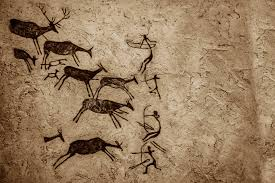
Only picture scripts, in which pictograms and hieroglyphs were usually assigned a close meaning, made it possible to transmit more complex and clearer information. Thus, orders could now also be sent, mostly on stone tablets.
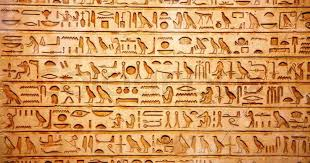
What could the following pictograms mean? "Which 3 words" (german) are being sought? ///_ _ _ _ _ _ . _ _ _ _ _ . _ _ _ _ _ k _ _ _

Chapter 2:
Alphabets
Picture scripts were difficult to learn due to the large number of symbols to master and were sometimes dependent on the reader's interpretation. Later, alphabets were developed in which abstract symbols represented sounds or syllables. As with pictorial languages, several alphabets were invented in parallel, many of which have since become extinct. These alphabets were then transferred to increasingly modern storage media. Thus, scrolls and then books could spread more information and/or spread it faster. Even small strips of writing could now be attached to carrier pigeons.


Chapter 3:
Electromechanical Transmission
One of the first attempts to transmit information electromechanically was made as early as the 18th century, when Le Sage in Berlin connected two rooms with 24 wires. With these, gold plates could be moved by static electricity. Over about 50 years, these ideas were further developed, but they all had one thing in common: each wire transmitted one letter. It was not until 1837 that a solution was found to transmit data with only one wire (+ground).
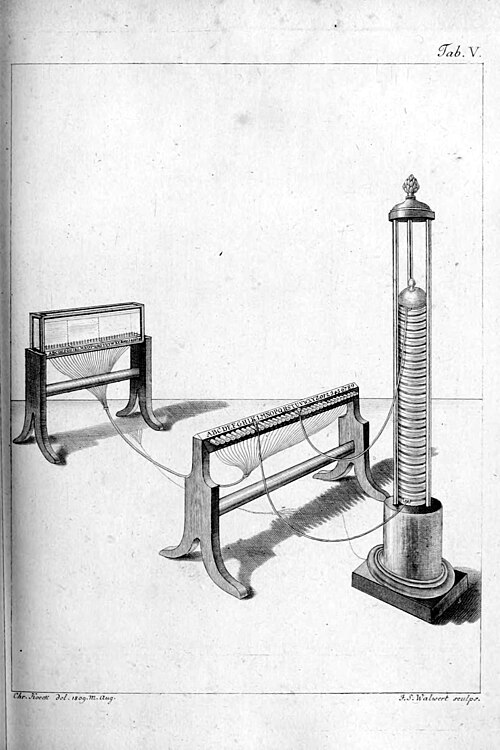
Chapter 4:
Wireless
Through the devices of Guglielmo Marconi and the foundations of Nikola Tesla, it suddenly became possible to transmit information "through the air." Both were needed. Before the systems were mature enough to transmit spoken language, only crackling sounds and then carrier tones could be transmitted. Thus, at least ON/OFF sequences could be transmitted via a radio link. How practical—you could use the Morse code for wired telegraphy. (The code known today should actually be called "Vail," but the idea seems to have come from Morse.)
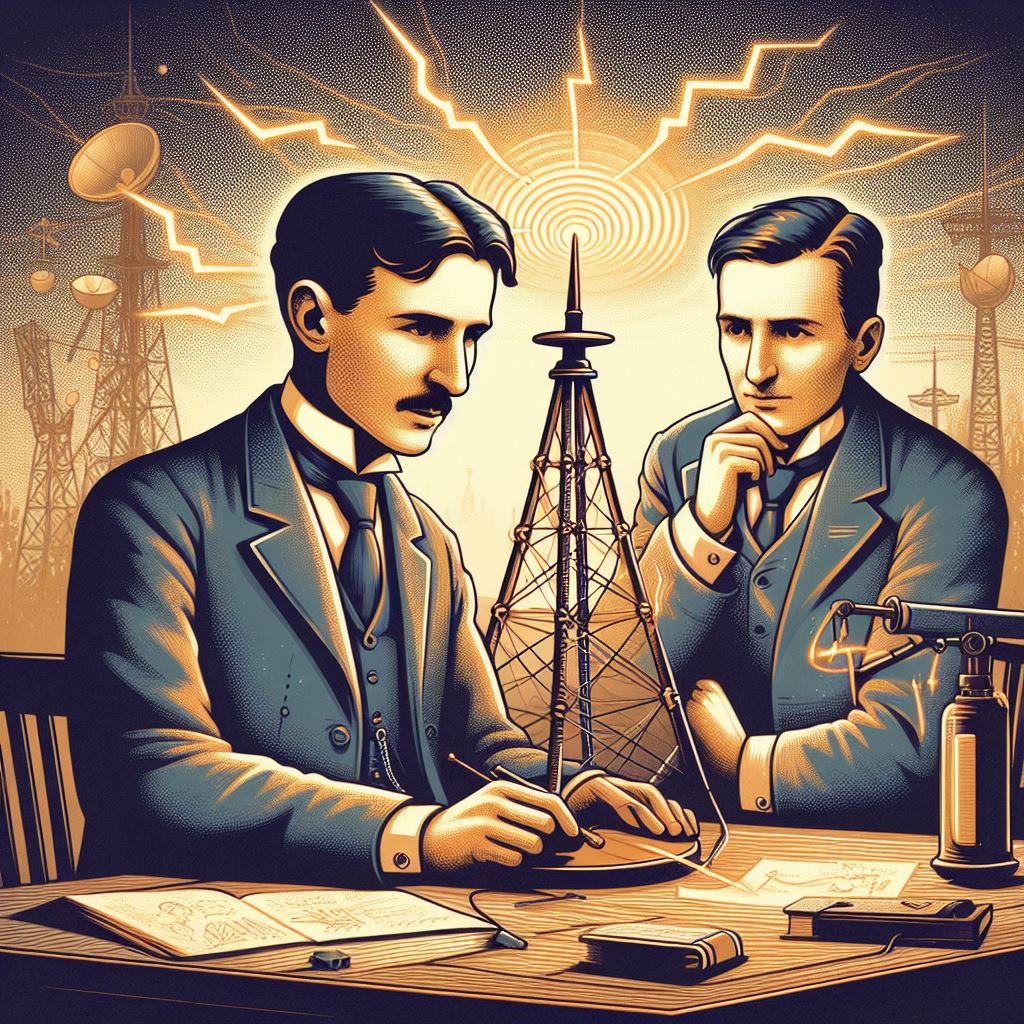
Chapter 5:
GSM
In the 1980s (that's when I was born...) the first generation of mobile telephony was introduced. This 1G was still limited to voice calls. Only the second generation introduced SMS for written data transmission. Now it was possible to send shopping lists and spend a lot of money on ringtones. Fortunately, we no longer had to know Morse code.
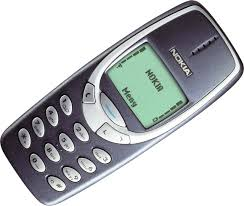
Chapter 6:
Future
In progress...
Homework
You should work on Chapters 1 and 2 at home; the remaining chapters will be worked on as lab work on the object.
The text is based on a simplified presentation of historical developments. It does not claim to be scientifically complete. But ChatGPT was satisfied with me, how nice.